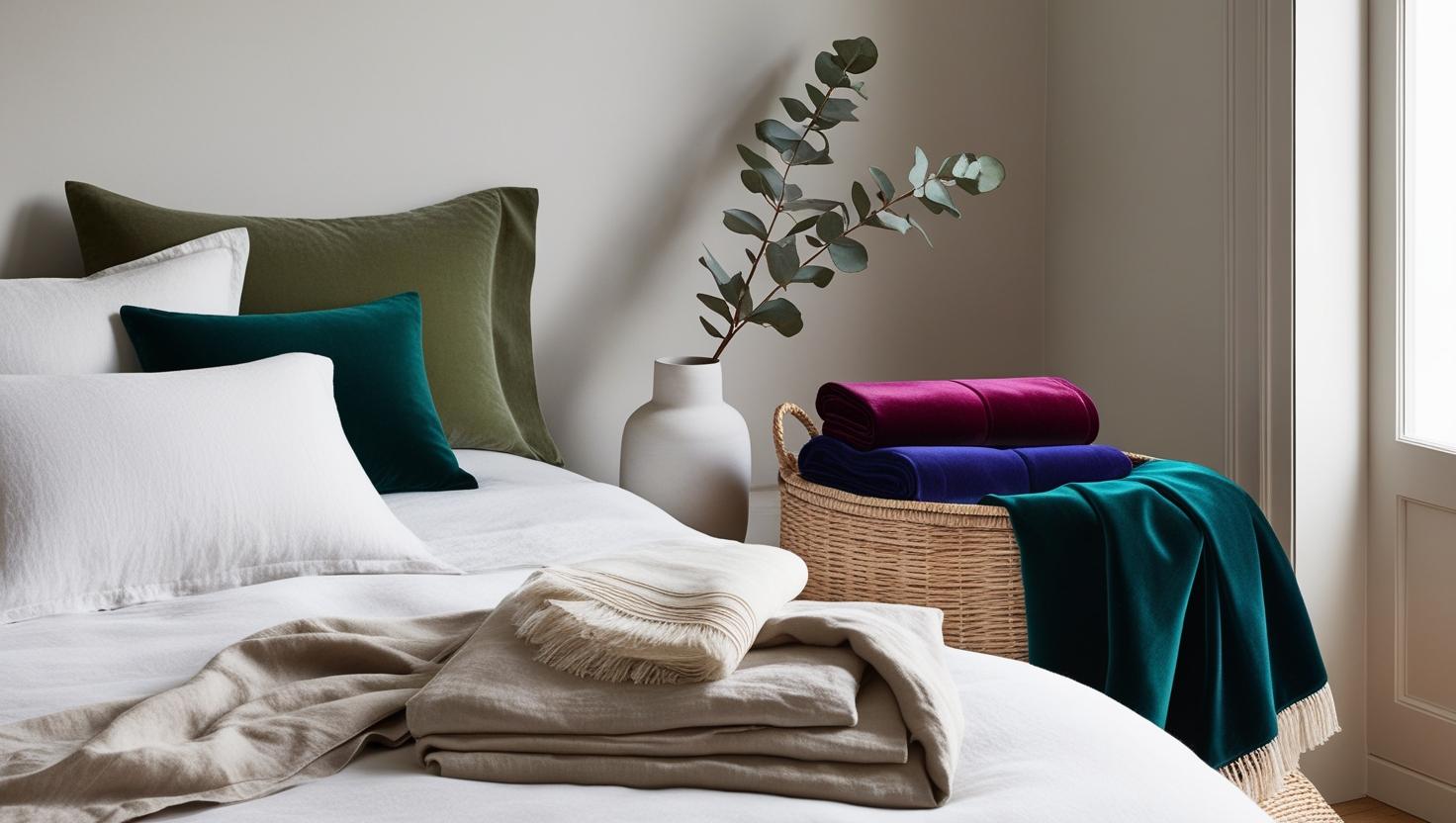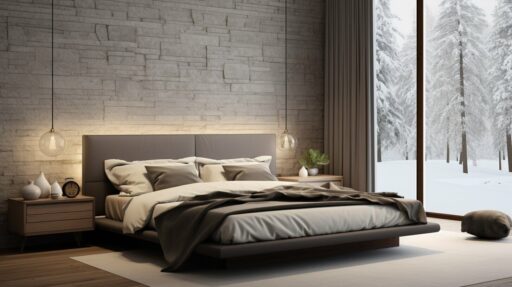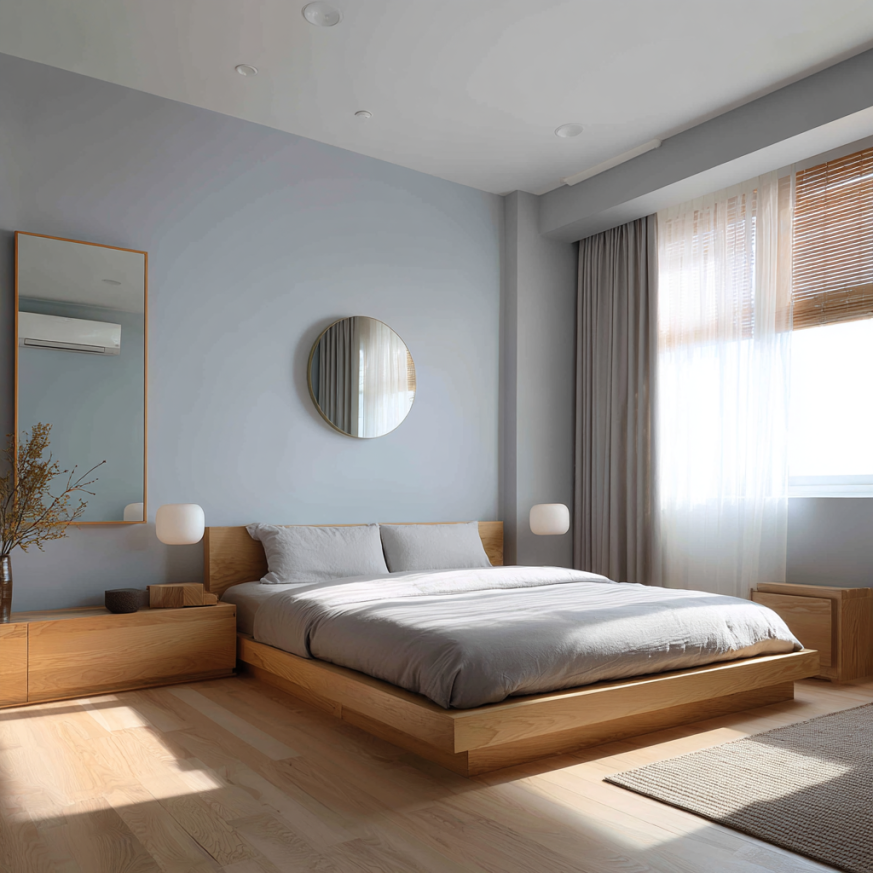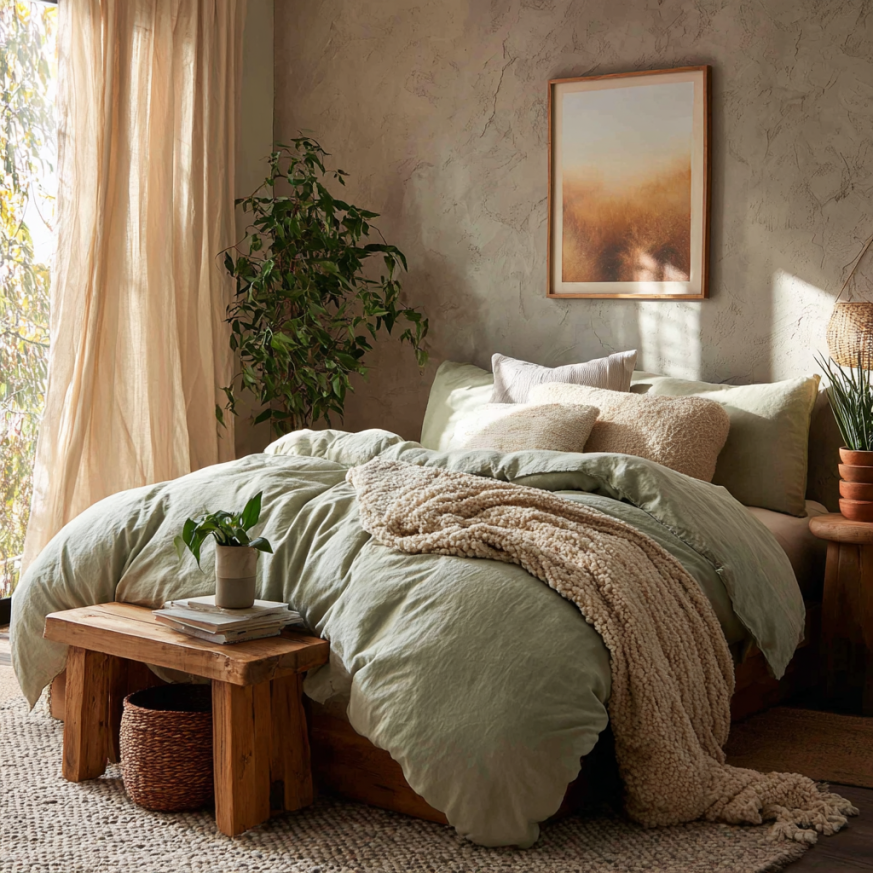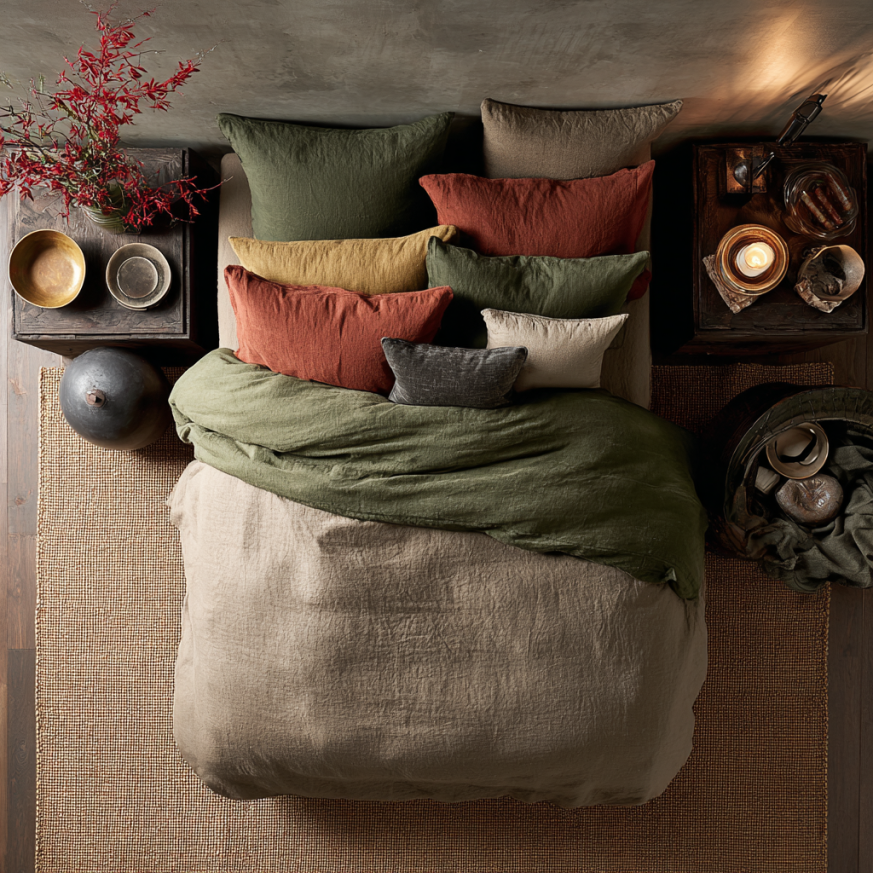Bed Sham Guide 2025: Elegant Styles & Expert Tips
A bed sham is more than just a decorative pillow cover—it’s the secret weapon for creating a polished, designer-level bed aesthetic. Learn how to choose, style, and care for them with ease. For more bedding insights, see our ultimate mattress cleaning guide.
Key Takeaways
- Understand the difference between bed shams and pillowcases
- Explore the various types of shams and when to use each
- Learn how to style and care for bed shams for lasting elegance
- Choosing the right bed sham in 2025 enhances both style and comfort
What Is a Bed Sham?
Bed shams—also known simply as pillow shams—are decorative covers that enhance your bedding ensemble. While they look similar to pillowcases, bed shams serve a distinctly aesthetic role, often crafted from luxurious fabrics like embroidered cotton, velvet, or linen blends. Unlike standard pillowcases meant for sleeping, shams are usually placed on the front layer of pillows to create depth and design appeal.

Whether styled in a minimalist or a maximalist bedroom, the bed sham adds a layer of sophistication that’s hard to ignore.
Bed Sham vs Pillowcase: What’s the Difference?
| Feature | Bed Sham | Pillowcase |
| Purpose | Decorative | Functional (sleeping) |
| Closure Type | Hidden flap, envelope, or zipper | Open-end or side envelope |
| Material | Embellished, embroidered fabrics | Breathable, sleep-friendly cotton |
| Placement | Front layer of pillows | Usually tucked beneath sham |
| Washing Frequency | Less frequent | Washed weekly |

Types of Bed Shams (And When to Use Them)
Depending on your bedding style and room size, there are different types of bed shams to choose from:
Standard Sham (20″ x 26″)
Best for twin or full-size beds. These are versatile and great for layering.
King Sham (20″ x 36″)
Perfect for king-sized beds, offering full coverage and a regal look.
Euro Sham (26″ x 26″)
Square-shaped and often used at the back of pillow arrangements to provide a foundation layer of design.
Special-Design Shams
These include luxurious details such as embroidery, ruffles, or bold prints. Ideal for creating statement pieces in your bedroom.

For trending styles, check out our guide to modern bedroom decor in 2025.
How to Style Bed Shams Like a Pro
Want your bed to look like a page out of Architectural Digest? Try these sham styling tips:
- Layered Look: Begin with Euro shams at the back, add standard shams in front, and top with accent pillows.
- Monochrome Scheme: Use matching hues across shams and duvet covers for a seamless, minimalist feel.
- Pattern Mixing: Blend stripes, florals, or geometrics with solids to add visual intrigue.
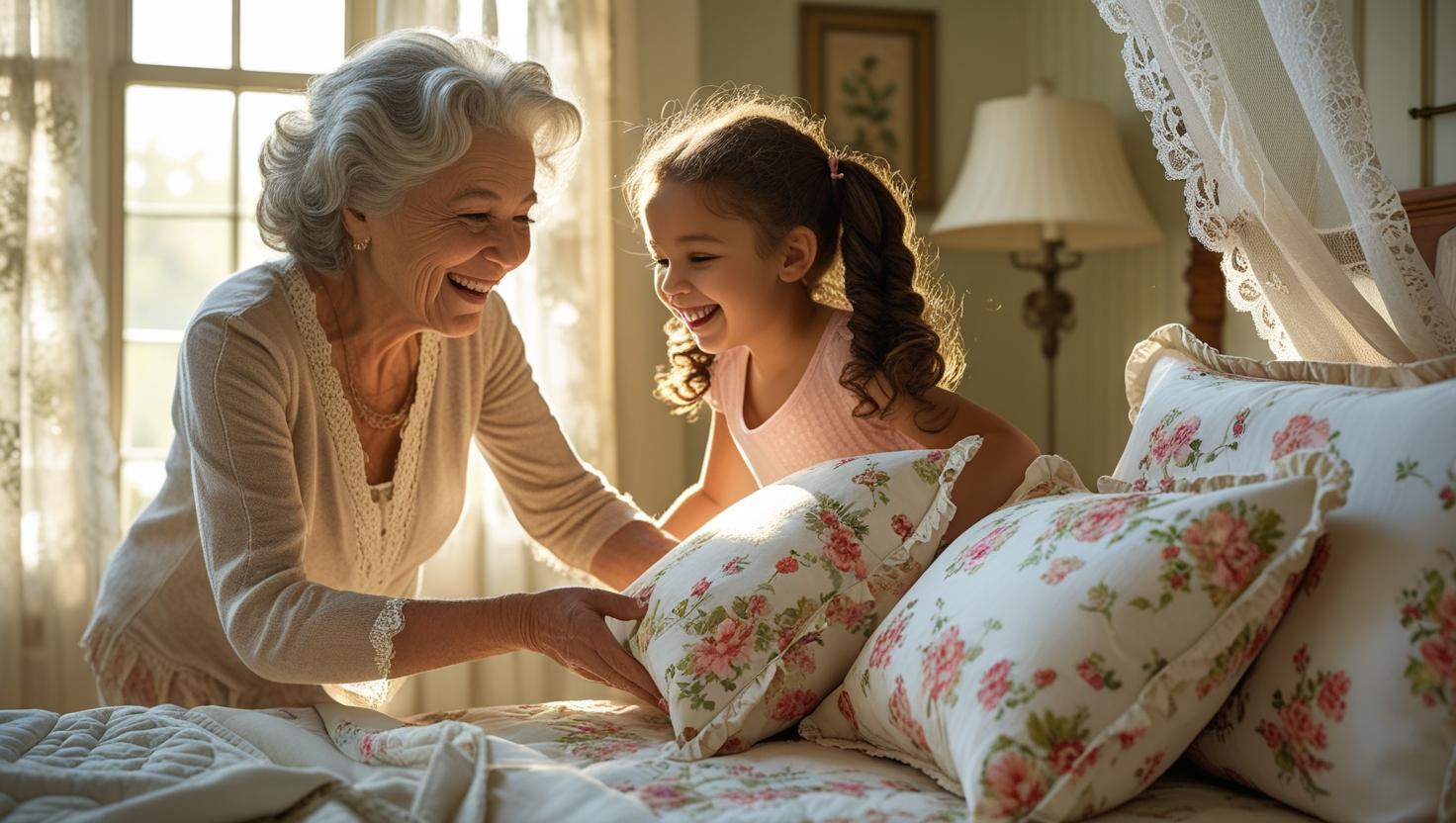
Don’t forget seasonal swaps—cotton for summer, velvet or jacquard for cozy winter elegance.
Care & Maintenance: Keeping Bed Shams Fresh
Even though bed shams aren’t used nightly, they still need regular attention. A simple routine keeps them looking crisp and elegant for years:
- Wash every 2–3 weeks using a gentle cycle and mild detergent.
- Preserve embroidery by avoiding high-heat settings.
- Use a steamer or iron on low to maintain crispness.
For stain removal, blot stains quickly with a mild soap solution instead of rubbing. Wine, makeup, or lotion marks respond best to cold water rinses before laundering. If your sham features delicate embroidery, consider spot-cleaning with a cloth instead of full washing.
Storage matters, too. Always store clean shams in a breathable cotton bag or linen closet—not in plastic containers, which can trap moisture. To prevent fading, keep them away from direct sunlight. Adding lavender sachets or cedar blocks will keep your bed shams fresh and protected from moths.
This section of the bed sham guide is crucial because maintenance often determines whether your bedding looks designer-new or tired after just a few seasons.
Choosing the Right Bed Sham in 2025
Here’s what to look for when shopping for the perfect bed sham this year:
Material
- Cotton/Linen: Breathable and eco-friendly, ideal for all seasons.
- Silk/Velvet: Adds luxury, better suited for decorative use.
- Blends: Cost-effective and wrinkle-resistant.
Size & Fit
Match your sham to the exact dimensions of the pillow insert. Too tight, and it looks stuffed. Too loose, and it sags.
Closure Type
Hidden zippers and envelope backs give a sleek look. Buttons bring a cozy, vintage touch.
Styling your shams also depends on your bedroom theme. For example, farmhouse bedrooms pair beautifully with linen shams in muted tones, while modern lofts shine with sleek monochrome cotton. For boho or eclectic spaces, mix velvet with bold patterns to create a layered look. This extra step in the bed sham guide ensures your choice not only fits the pillow but also your entire design vision.
According to The Spruce, cotton-linen blend shams remain top sellers in 2024 thanks to their versatility and durability.
FAQ
- What’s the point of a bed sham?
- A bed sham gives your bedding a polished, designer-quality finish and serves as a decorative overlay atop functional pillows.
- Can you sleep on a sham?
- Technically, yes—but it’s not recommended. Most bed shams are made from decorative or textured fabrics that aren’t sleep-friendly. As our bed sham guide explains, they’re meant for design, not comfort.
- Are bed shams outdated?
- Not at all. In 2025, designers still rely on bed shams to bring balance and sophistication to modern and classic bedrooms alike.
- Do I need shams if I use throw pillows?
- Yes, both serve different purposes. Shams provide structure and elegance, while throw pillows add playful or seasonal touches.
Learn more in our bedding glossary, or explore eco-friendly bedding materials for sustainable choices.
Conclusion
The right bed sham transforms an ordinary bedroom into a polished retreat. From choosing fabrics to layering techniques, knowing how to style and care for bed shams ensures elegance that lasts. This bed sham guide is your companion to upgrading your space—helping you shop smarter, decorate better, and maintain your bedding with ease. Ready to refresh your bedroom? Explore our full collection of guides for more inspiration.
Related reading from Cozy Bed Quarters
- Your Ultimate Guide on How to Clean a Bed Mattress
- How to Clean Stains Out of a Mattress
- Eco-Friendly Bedding Materials Guide

